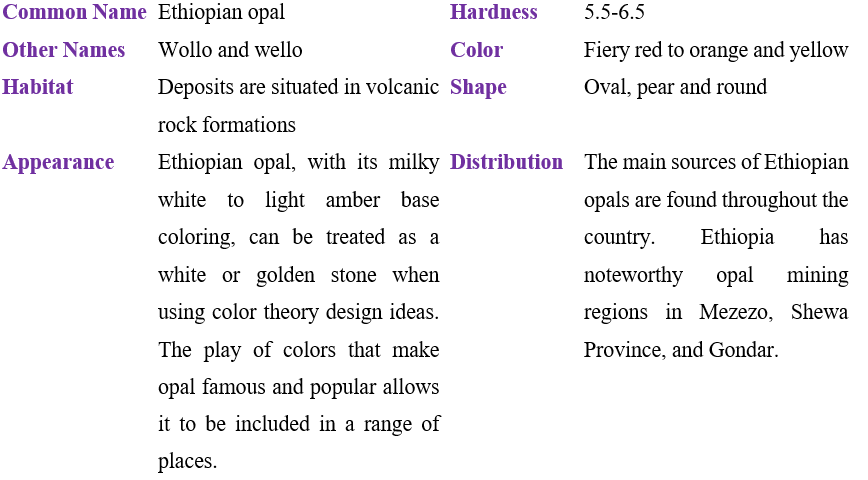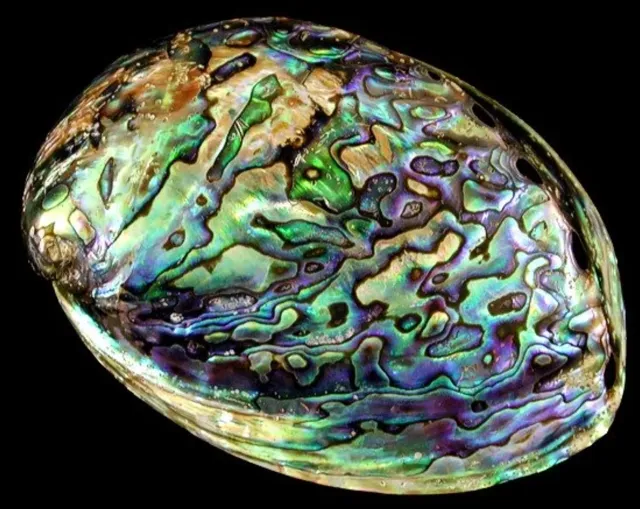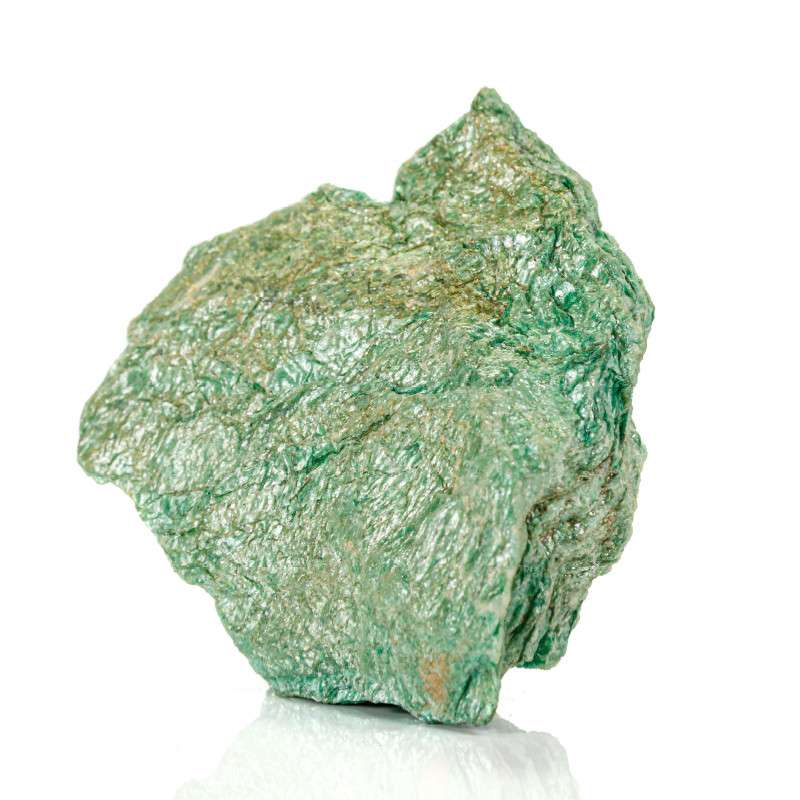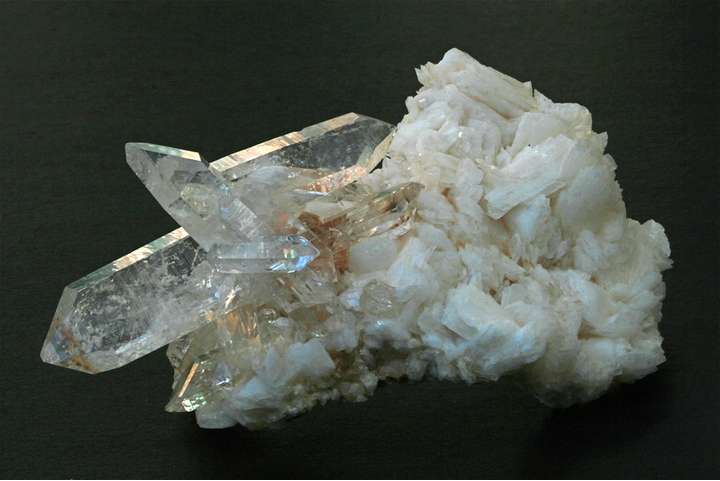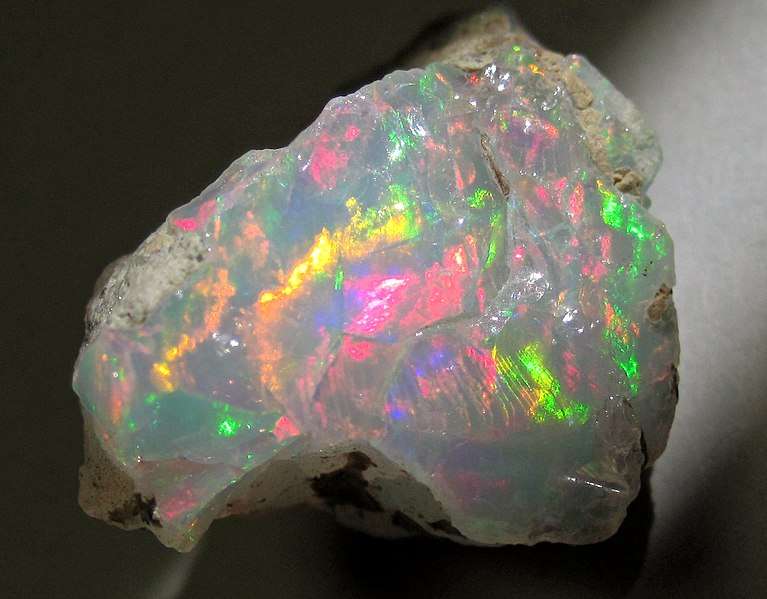
Appearance
The fire and color play of Ethiopian opal stones is well-known. Those who see them are nearly hypnotized by their exquisite light reflection. They are therefore frequently utilized in jewelry making and interior design.
Although opal gemstones are typically opaque, some of them have tiny water layers trapped inside of them. Light shining through the stone produces a rainbow pattern known as “opal fire.”
The term “doublet” or “doublets” refers to the opal fire that is seen from both sides of the stone. An opal’s color is determined by a number of variables, including its color spectrum, darkness, and fault presence.
Geographical Distribution
The main sources of Ethiopian opals are found throughout the country, with the Wollo Province being one of the most well-known places for opal mining. The Wollo Province is renowned for creating crystal opals of exceptional quality that exhibit a vivid and intriguing color play. Ethiopia also has noteworthy opal mining regions in Mezezo, Shewa Province, and Gondar.
History
In general, opals have a rich cultural and spiritual heritage. They are revered in many cultures as a representation of love, purity, and optimism. But more recently, Ethiopian opals in particular have become well-known. When opal deposits were found in Ethiopia’s Wollo Province by miners and gemologists in the early 1990s, its economic significance began. The remarkable colour play and reasonably priced opals in comparison to Australian and other opal sources made these opals very popular in the global gem market.
Metaphysical Properties
You might feel more centered and grounded by allowing Ethiopian Opal’s energy of quiet to calm and soothe your mind. The crown chakra, which is found at the top of your head and symbolizes your relationship to the divine, is frequently linked to this stone.
Additionally, it is supposed to open the base and sacral chakras, which might enhance your sensuality and creative faculties. You might be able to access these energies and feel more balance and harmony in your life by wearing Ethiopian Opal.
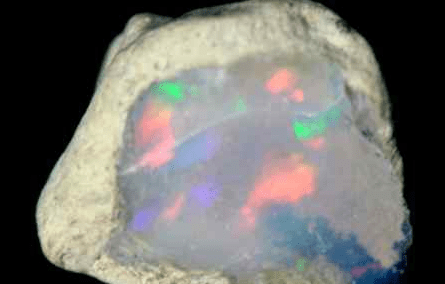
Chemical Composition
Opal is a mineraloid, meaning it lacks an organized atomic structure, in contrast to minerals. Its chemical composition is SiO2. nH2O. Opals usually include 6–10% water and are made of hydrated silica.
Types
The following are a some of the more well-known Ethiopian opal types and varieties:
Chocolate Opals:
A type of Ethiopian opal distinguished by its warm, brownish tones is called a chocolate opal. These opals frequently have a rich and deep color play on a background of coffee or chocolate. As an alternative to conventional white opals, they might be a distinctive and alluring option for jewelry.
Black Opals:
The dark body color of Ethiopian black opals, which frequently varies from dark gray to black, is well known. They can nonetheless exhibit brilliant bursts of color against the black background, producing an arresting and contrasting impression. Black opals can have a very striking and captivating color play.
Hydrophane Opals:
Because they can absorb and release water, hydrophane opals are special. These opals may momentarily become more vivid and translucent when submerged in water. Their unique quality enhances their appeal and makes them intriguing stones for gem enthusiasts and collectors.
Pinfire Opals:
One variety of Ethiopian opal with tiny, pinpoint-like color flashes is called pinfire opal. These flashes frequently take the form of microscopic light spots or pinpricks, which produce a delicate and understated color play. Pinfire opals come in a range of body colors, from dark gray to white.
Fire Opals:
Although fire opals are more frequently linked to opal deposits in Mexico, some opals from Ethiopia can also have blazing orange, red, or yellow colors. Ethiopian fire opals are valued for their rich hue and can be incredibly captivating and vibrant.
Boulder Opals:
There are additional opal deposits in Ethiopia that contain boulder opals, which are distinguished by their relationship to ironstone, the host rock. These opals’ inherent host rock matrix contributes to their distinctive look and could result in intriguing patterns inside the gem.
Uses
Ethiopian opals are frequently used for the following purposes:
- Gemstone Jewelry: Ethiopian opals are often utilized in a variety of jewelry pieces, such as rings, necklaces, earrings, bracelets, and brooches, as focal points or accent stones. Their vivid color scheme gives jewelry designs a compelling and energetic touch.
- Pendants and Necklaces: Ethiopian opal pendants and necklaces are common ways to highlight the beauty of this gem. Opal can be set in a variety of pendant designs, ranging from straightforward solitaire patterns to intricate, complicated settings.
- Opal Rings: Ethiopian opal rings are in great demand since they can clearly and strikingly showcase the color play of the rock. Cocktail rings and opal engagement rings are very well-liked options.
- Bracelets: Ethiopian opals add a hint of opalescent beauty to the wrist when they are incorporated into bangles and bracelets. For more flair and contrast, they are frequently combined with additional metals or gemstones.
- Beads and Beaded Jewelry: Additionally, Ethiopian opals are utilized to make opal beads. Opal necklaces, bracelets, and other beaded jewelry pieces can be created by connecting these beads together.
- Custom Jewelry: Ethiopian opals are considered valuable by many jewelry makers and aficionados for their distinctive and individualistic characteristics. Custom jewelry is frequently made to showcase the unique qualities of a given opal, taking into consideration its size, shape, color play, and all-around appeal.
Table
